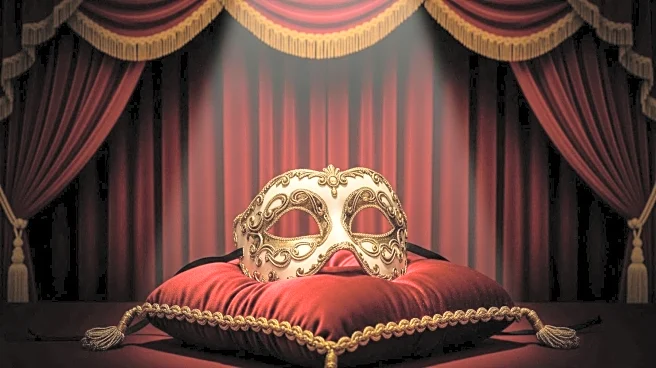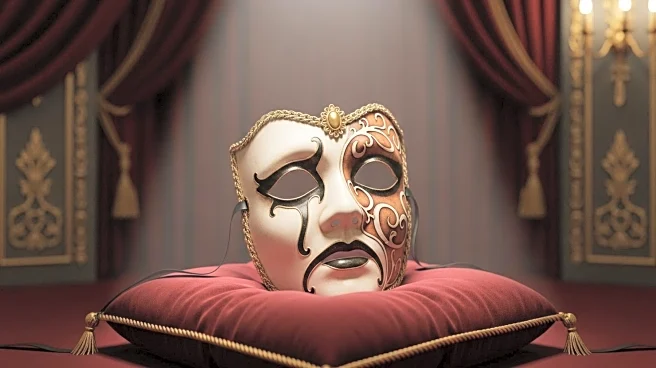What's Happening?
Taylor Swift has released her 12th studio album, 'The Life of a Showgirl,' which features a lead single titled 'The Fate of Ophelia.' The song references Ophelia, a character from Shakespeare's 'Hamlet,' who goes mad and drowns. Swift's album release was accompanied by a theatrical experience where she debuted lyric videos for the album's tracks and explained the stories behind them. The album cover and music video for 'The Fate of Ophelia' evoke imagery from John Everett Millais's painting of Ophelia's death, reflecting Swift's interest in Shakespearean tragedies.
Why It's Important?
Swift's use of Shakespearean themes in her music highlights her literary inspirations and offers a modern take on classic tragedies. By referencing Ophelia, Swift explores themes of madness and the impact of fame, which resonate with her own experiences in the music industry. This approach not only enriches her storytelling but also introduces her fans to art history and literature, potentially broadening their cultural understanding. Swift's ability to blend pop music with literary references demonstrates her artistic versatility and may influence other artists to incorporate similar themes.
What's Next?
Swift's album is expected to continue its cultural impact, with fans engaging deeply with its themes and references. The album's success may lead to further exploration of literary themes in her future work. Additionally, Swift's collaboration with other artists, such as Sabrina Carpenter, suggests potential future projects that could expand her musical repertoire. As Swift continues to dominate the music industry, her influence on pop culture and the integration of literary elements in mainstream music may grow.
Beyond the Headlines
Swift's reinterpretation of Ophelia's story reflects broader societal issues, such as the pressures faced by women and the impact of public scrutiny. By reclaiming Ophelia's narrative, Swift empowers herself and her audience, challenging traditional portrayals of female characters in literature. This artistic choice may inspire discussions on gender roles and the representation of women in media, contributing to ongoing cultural dialogues.










